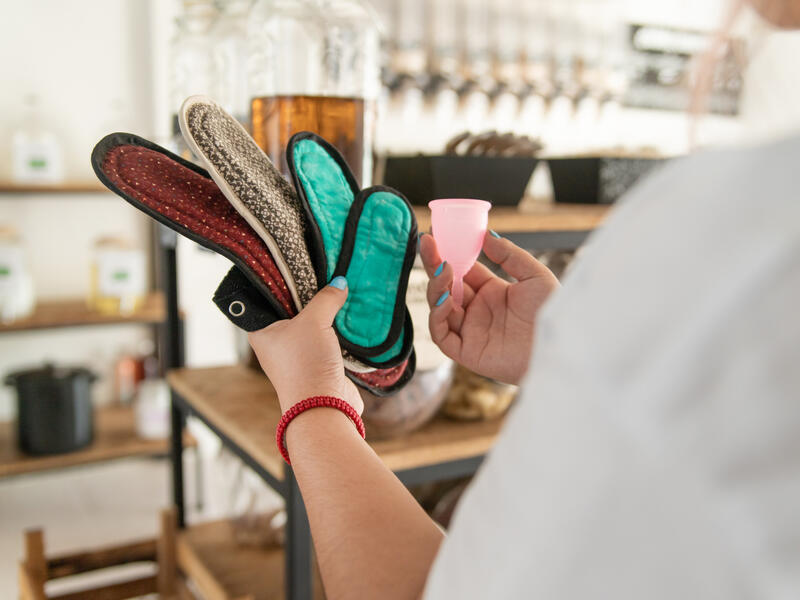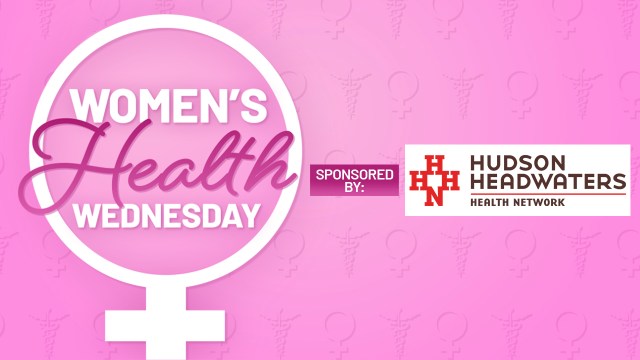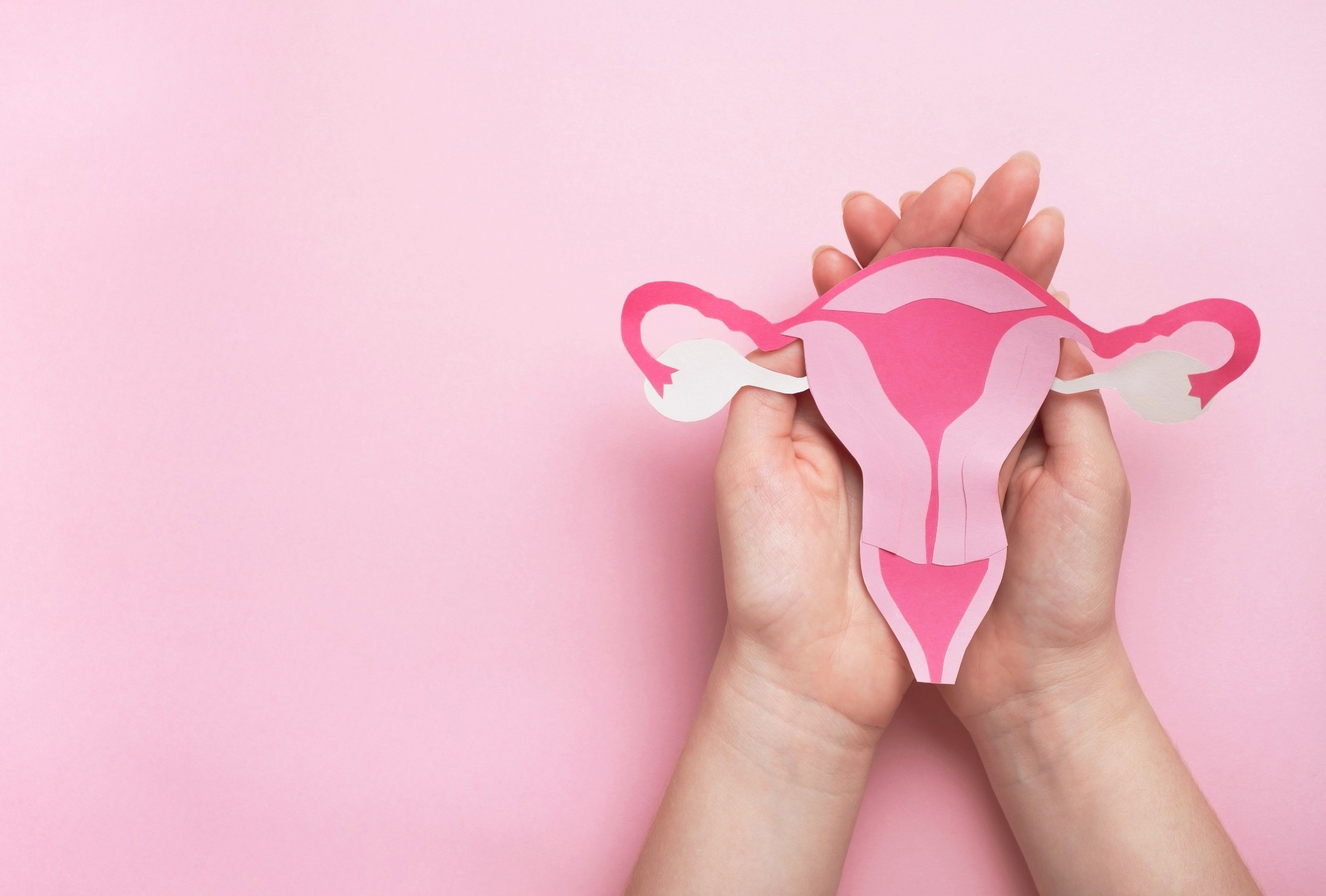
Shopping for period products can be overwhelming.
Whether you are stocking up for that first menstrual cycle or maybe it’s time to try something different, today’s consumer market is flooded with options for all body shapes, sizes, lifestyles, flows, budgets and sustainability preferences.
Amy Kelley, M.D. at the Sanford Obstetrics & Gynecology Clinic in Sioux Falls, South Dakota, has unique, specialized expertise in pediatric and adolescent gynecology.
Find a doctor: Search for a Sanford Women’s health specialist near you
She knows the product market well and helps us break it down.
“Everybody is a little different in what they’re comfortable with and that comfort level varies throughout your life,” Dr. Kelley explained. “I often tell young women that it’s worth trying a couple of different things to see what you think works best.”
There are several factors to consider which can help you narrow your choice from activity to cost to convenience.
Breaking down the basics
Tampons
Tampons are one of the most familiar products for menstrual cycles but they’re not for everyone.
The product blend of cotton, rayon – or both – is inserted into the vagina using your fingers to absorb a range of flows from light to heavy.
“Tampons can be a little bit of a hurdle,” Dr. Kelley said. “I’ve noticed athletes tend to get it quickly so they can get back to their competing without concerns for leakage.”
She cites a helpful video tutorial from The Center for Young Women’s Health, a collaboration between the Division of Adolescent and Young Adult Medicine and the Division of Gynecology at Boston Children’s Hospital, to guide women to insert properly and comfortably using models and anatomy.
She encourages using care when inserting tampons, changing tampons every 4-to-6 hours and choosing the correct absorbency to match your flow.
While a diagnosis of toxic shock syndrome (TSS) is rare, the bacterial infections associated with absorbent materials inserted like tampons can be life-threatening.
Dr. Kelley reminds patients to be mindful of the product labels and how often you’re changing products. If you have a lighter flow on a given day, consider a pad or period underwear and skip the tampon.
Pads
Sanitary pads are a great option if tampons aren’t for you. The absorbent material, also known as a sanitary napkin or panty liner, are the most popular type of menstrual product which are worn externally.
Budget-wise, these disposable products can add up. For example, a box of tampons or pads can range from $5 to $15 depending on brand and flow.
Reusable, sustainable products gain popularity
Period underwear
If you’re into saving money and creating less waste to help the environment, look to the reusable options like menstrual cups or discs and period underwear.
Dr. Kelley has seen a surge in popularity around period underwear specifically in young women.
“There are so many brands out there at different price points that will likely last you a couple years,” Dr. Kelley said. “Most of them are just as easy to wash as regular underwear.”
She said period underwear is a great option for those with lighter periods, in general, or days with a lighter flow expected.
“When adolescents maybe don’t know when to expect their period, perhaps they’re not good at remembering to change their pad, or tampons are difficult for them, the underwear is comfortable and very good with protection,” Dr. Kelley explained.
In just the last 10 years, she has found more underwear products that come in a wide variety of shapes, sizes, brands and even period-safe swimwear than ever before.
“There’s definitely been a shift toward these products,” Dr. Kelley added.
Sanitary pads
On the same note, gynecology experts say reusable sanitary pads are just as healthy and safe as the kind you throw away but another sustainable, cost-saving alternative.
Typically, these are made from an organic cotton or bamboo absorbent material like period underwear but can be placed inside and removed from underwear of your choice.
Depending on the flow, just like disposable pads, these are good to change every 3-4 hours for good hygiene and prevent unwanted odor.
Like period underwear, these reusable pads will vary in brand and price.
Menstrual cups
If period underwear or reusable pads aren’t for you, Dr. Kelley said menstrual cups are an up-and-coming option gaining fast popularity.
The funnel-shaped silicon, rubber or latex-based cups are inserted much like a tampon, but the brand and styles vary in price, size, and color. Choosing the right size cup can depend on age, whether you have or haven’t given birth, size of cervix or length of vaginal canal. Most brands include detailed instructions with packaging or online to find the right comfort and fit.
The upside to menstrual cups – once you get the hang of inserting and removing – is that they absorb more fluid than a tampon or pad, so you don’t have to change them as often.
Not only are you saving money by reusing the same product for several years, but they’re safe to stay inserted for a longer period of time, on average removing only 1-2 times per day.
There are disposable menstrual cups and discs if a woman prefers the cups or discs over tampons.
“Regardless of your body type, there is a product in each of those categories that will work for you,” she said. “It just comes down to comfort level and lifestyle.”
When it’s time to call the doctor
When something doesn’t feel right or you have questions about what is normal, reach out to your Sanford Women’s provider.
When patients have limited mobility or difficulty accessing the bathroom alone during their period, Dr. Kelley said Sanford Health has options to make cycles more manageable.
“If parents have an adolescent that is missing school because of their period, skipping out of activities that are important to them because of their period or symptoms associated with the period, then it’s probably time to see somebody,” Dr. Kelley said.
“We don’t like having patients miss out on their lives because of their period.”
Read more
…
Posted In
Healthy Living, Women’s







